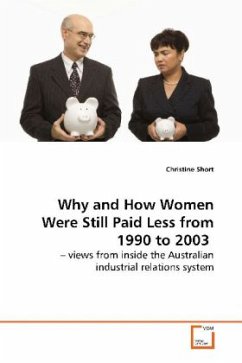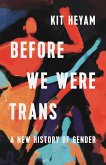During the period 1990 to 2003 earnings data show
inequality persisted in Australia and increased in
Western Australia despite legislation and repeated
attempts to gain wage equality in the industrial
relations system. The study concentrated on four
female- and four male-dominated occupations where the
literature and interviewees signaled inequality
persisted. Unlike previous research in the area, a
qualitative research approach was used: in-depth
interviews with stakeholders in the industrial
relations systems, triangulated with wage data.
Interviewees felt that the persistence of gender wage
inequality was a complex artifact of economic,
industrial relations, social and cultural factors,
joined with the biological and psychological
attributes of all involved in decisions before and in
the workplace. This book uniquely demonstrates why
and how social and cultural influences also act to
create persistent gender wage inequality. Despite
legal action to create equality, the male and female
players in the industrial relations system said that
they had helped, if not consciously, to (re)construct
the gender wage gap. The implications are that social
and cultural action is also needed.
inequality persisted in Australia and increased in
Western Australia despite legislation and repeated
attempts to gain wage equality in the industrial
relations system. The study concentrated on four
female- and four male-dominated occupations where the
literature and interviewees signaled inequality
persisted. Unlike previous research in the area, a
qualitative research approach was used: in-depth
interviews with stakeholders in the industrial
relations systems, triangulated with wage data.
Interviewees felt that the persistence of gender wage
inequality was a complex artifact of economic,
industrial relations, social and cultural factors,
joined with the biological and psychological
attributes of all involved in decisions before and in
the workplace. This book uniquely demonstrates why
and how social and cultural influences also act to
create persistent gender wage inequality. Despite
legal action to create equality, the male and female
players in the industrial relations system said that
they had helped, if not consciously, to (re)construct
the gender wage gap. The implications are that social
and cultural action is also needed.








